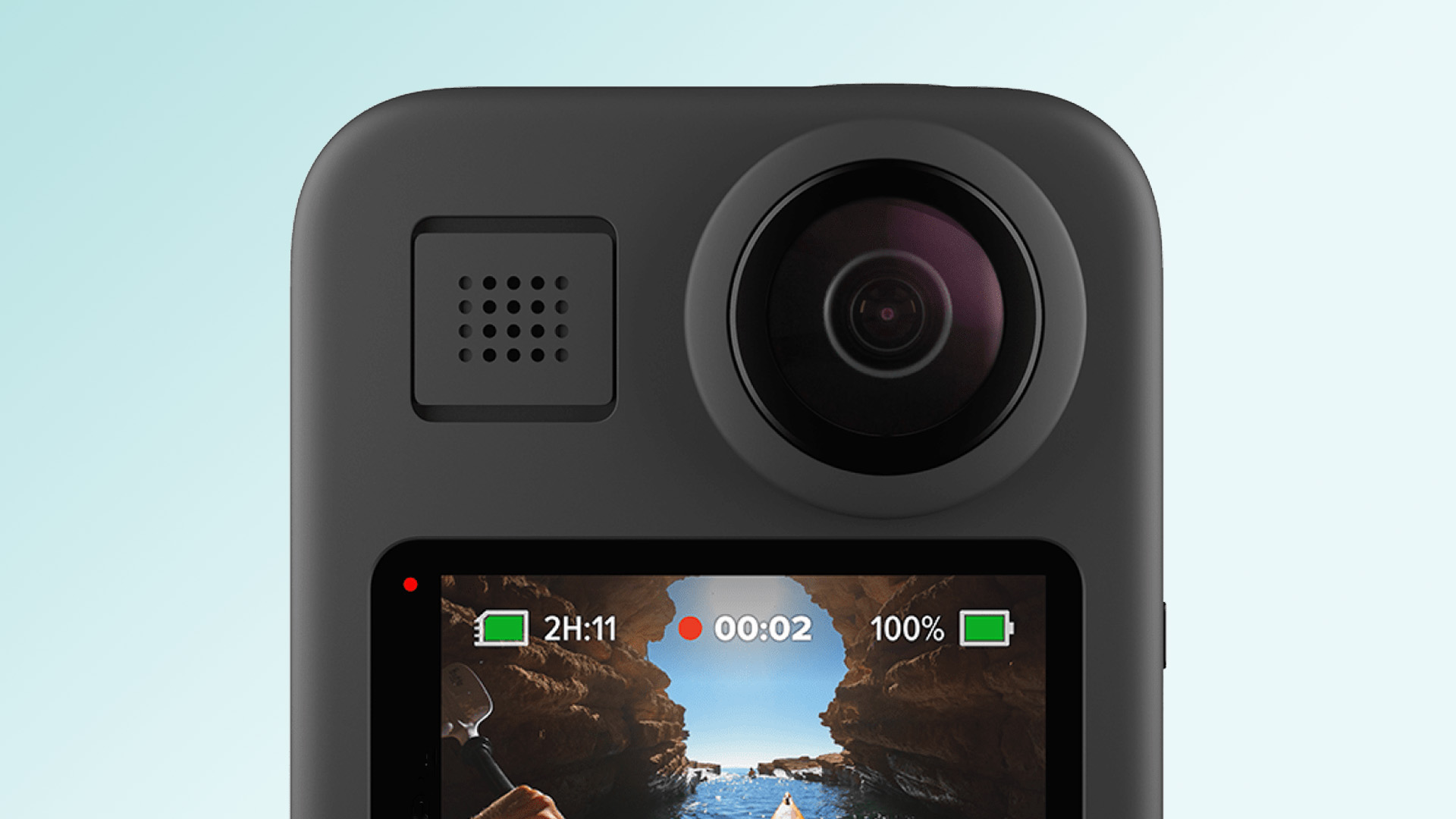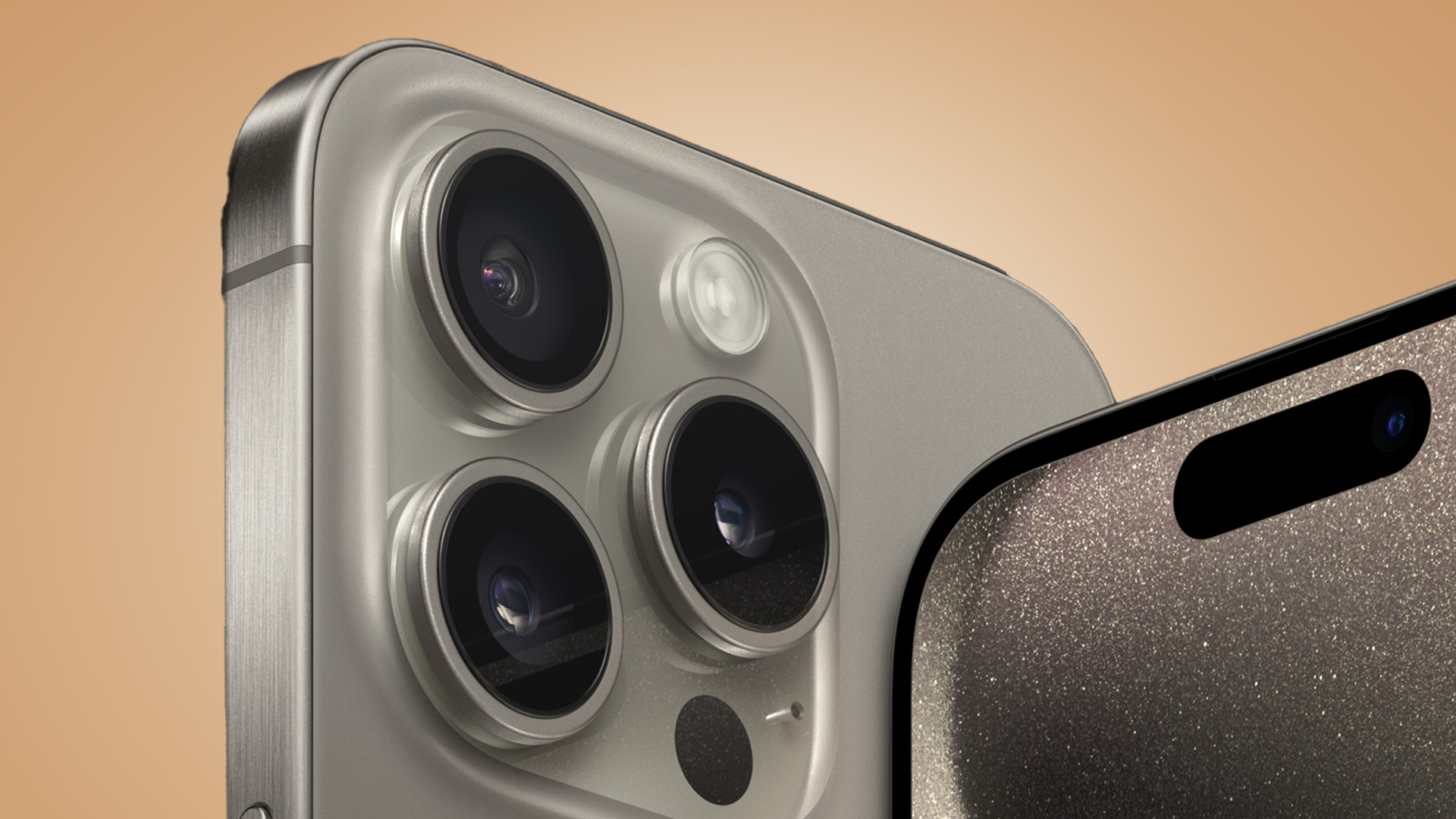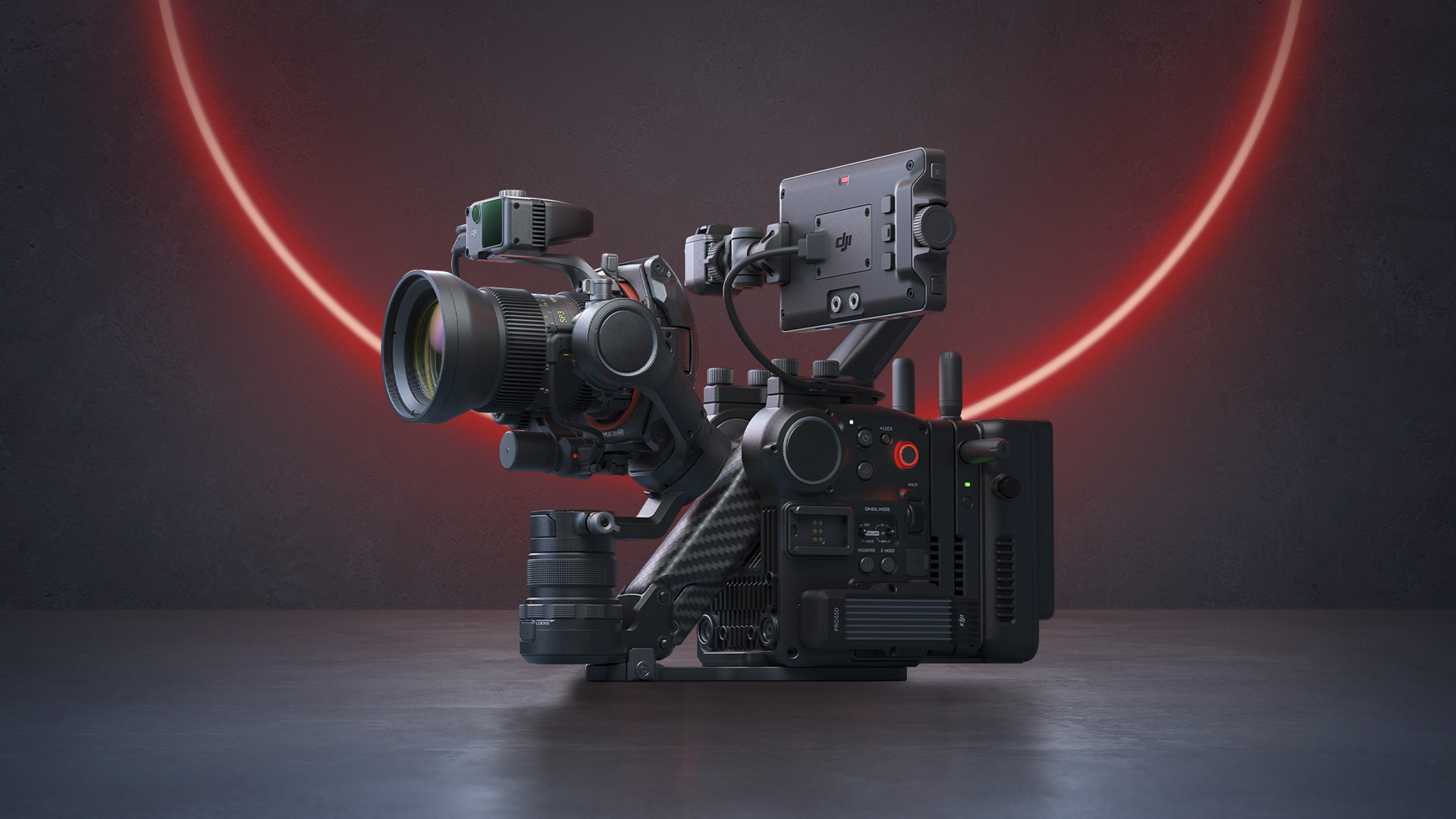The 12 most exciting cameras of 2024, from a Fujifilm X100V successor to the Samsung Galaxy S24 Ultra
This year's most likely camera launches show real promise

In 2023, the photo and video world was dominated by the presence of AI. From fooling judges to win photography competitions, to powering the biggest update Adobe Photoshop has received in a decade, plus the most capable autofocus systems in cameras like in 2023's best professional camera, the Sony A7R V, AI has been the buzzword.
Wherever you stand on the influence AI has had, and is having, on photography – Leica took an anti-AI step by introducing content credentials in the Leica M11-P, and Sony is set to follow in 2024 – it’s here to stay, and it's transforming how our cameras work. Life behind a camera will become ever easier, with new models featuring improved autofocus algorithms, better noise reduction, and smarter lens corrections.
On the hardware side, 2023 blessed us with cracking five-star cameras like the Nikon Z8, Fujifilm GFX100 II and Panasonic S5 II, although there was arguably nothing groundbreaking, besides Sony sneaking in at the end of the year with the Sony A9 III – the first camera of its kind to use a global shutter.
DJI had a spectacular 2023, too, launching the best consumer drones ever. We recognized the improvement in DJI's camera hardware by awarding the triple-camera DJI Mavic 3 Pro the top prize as Best Camera Device at our 2023 Choice Awards – the first time a drone has received this award.
We think next year could be even better, with some fantastic new cameras on the cards, such as the long-rumored Fujifilm X100V successor. It’s also not completely unrealistic that DJI could enter the mirrorless camera space, trickling its Ronin 4D tech into an all-new handheld interchangeable lens camera. Expect some new pro sports camera tech like the Canon EOS R1, too, what with the Paris Olympics beginning in July. And with smartphones still the most popular cameras, we're keeping a keen eye out for Apple and Samsung's latest offerings.
Here, in reverse order, are the 12 most exciting cameras we're expecting to see in 2024.
The 12 most exciting cameras of 2024
12. Nikon Z6 III

- Likelihood rating: 4/5
- Excitement rating: 3/5
There have been recent murmurings of a Nikon Z6 II successor, most likely called the Z6 III. We haven't seen credible rumors just yet that paint a detailed picture of what to expect, but it's been three years since the second-gen model, which is one of the best mirrorless cameras for the money, so it's about due a replacement.
Sign up for breaking news, reviews, opinion, top tech deals, and more.
Prolific Nikon gear YouTuber Matt Irwin speculated that the Z6 III will have a new 24MP full-frame sensor with improved high-ISO performance, quicker readout, and improved autofocus performance – potentially trickled down from the Nikon Z8. Video quality will be improved, too, with 6K resolution compared to the Z6 II's 4K output; it could also be 'open gate' video, meaning the Z6 III will take information from the full width and the full height of the 3:2 aspect sensor, much like the Panasonic S5 II. That would be a first for Nikon.
There could also be a vari-angle touchscreen instead of the tilt-type, while the ergonomics will likely remain the same. If all the rumored changes materialize, then the Z6 III could be a decent upgrade from the Z6 II. As for how much it might cost, it will need reasonable separation from the Z8, but it'll probably start higher than the Z6 II, at somewhere around $2,500 / £2,500 / AU$4,200.
11. DJI Mini 4
- Likelihood rating: 3/5
- Excitement rating: 3/5

DJI was particularly active in 2023, launching the best drones ever for consumers and updating most of its product lines, including the new Mini 4 Pro, Air 3, Mavic 3 Pro and Inspire 3. Yet there was one popular series of its drones that didn’t get a next-gen model in 2023 – the Mini series.
We rate the Mini 3 as the best beginner drone for most people, and although it’s less than two years old, it’ll get a successor in 2024 if DJI’s past record is anything to go by. There are few rumors at this stage, but we’d expect to see the first rumblings next year.
The most obvious areas for improvement include the addition of collision avoidance – lacking in the Mini 3, while the Mini 4 Pro boasts omni-directional obstacle avoidance – and subject-tracking modes, again lacking in the Mini 3. There's a limit to how much DJI can improve on the sub-250g Mini 3 without encroaching on the Mini 4 Pro's market share, so a future Mini model with likely be a minor update. Pricing will probably start from around $500 / £450 / AU$750 for the drone only.
10. Samsung Galaxy S24 Ultra
- Likelihood rating: 5/5
- Excitement rating: 3/5

We know that the Galaxy S24 Ultra is coming in January or possibly February, and it has a tough act to follow, with the Galaxy S23 Ultra already rated as the best camera phone available. We’ve made some predictions as to what cameras the S24 Ultras will likely have, and the rumors suggest a minor update, hence our moderate excitement levels.
Most of the S23 Ultra’s cameras will likely remain: a 200MP main camera, 12MP ultra-wide lens, a 10MP 3x optical zoom, plus a 12MP selfie camera. It’s the telephoto periscope camera that’s rumored to change, from a 10MP 10x optical zoom to a 50MP 5x optical zoom. The latter sounds like a more sensible option – those extra pixels will provide greater cropping potential to effectively gain the telephoto skills of the longer zoom.
Just because the cameras are largely the same, that doesn’t mean the S24 Ultra will stick with the same sensors; perhaps a bigger sensor for improved low-light performance is on the cards. More likely, the S24 Ultra will showcase some of the latest AI camera tricks. Whether or not these will rival the Google Pixel 8 Pro's – for good and for bad – we’ll soon find out. We’re hoping to be proved wrong, but the best camera phone’s successor will likely make small steps. It won't be cheap either, with prices likely starting at $1,199.99 / £1,249 / AU$1,949 for a 256GB of storage and 8GB of RAM version.
9. Canon EOS R5 II
- Likelihood rating: 4/5
- Excitement rating: 4/5

Contrary to rumors, an EOS R5 II did not materialize in 2023, but it’s now tipped for a 2024 launch, close to the EOS R1 (see below). That would be a formidable pair of cameras that in one fell swoop could make 2024 a more exciting year for Canon fans than all of 2023, especially pros.
We’ve shared what we’d like to see in the EOS R5 II, and that includes Canon’s highest-resolution 61MP full-frame sensor, with burst shooting at around 30fps. Our sister site Digital Camera World also shared how the photography-first hybrid could also offer better video frame rates, with 8K up to 60fps and 4K up to 240fps – the latter would be particularly incredible.
We already rate the EOS R5 as Canon’s best ever camera for photography, and its successor looks set to be a formidable professional camera, and a 2024 award contender. However, with compelling rivals like the Nikon Z8 already in the field, Canon is going to need to be uncharacteristically aggressive when it comes to the EOS R5 II's pricing – the first-gen model originally cost $3,899 / £4,299 / AU$6,899 and was already undercut by the Z8 and Sony A7R V.
8. Sony RX1R III
- Likelihood rating: 2/5
- Excitement rating: 4/5

We didn’t expect to see a Sony RX1 II successor after 2016’s full-frame compact camera with fixed 35mm f/2 lens was discontinued in 2023, but then rumors via New Camera appeared, and rekindled hope for pro reportage photographers in particular.
Rumored specifications of the would-be third installment in Sony’s niche RX1 series of camera are thin on the ground, but could include a 35mm lens with wider f/1.4 aperture, and Sony’s 61MP full-frame sensor, as used in the Sony A7C R. That would be a huge leap from the RX1R II's 24MP resolution, and would make the RX1R III a superb premium compact camera and Leica Q3 alternative, for less money. It still won't be cheap – we'd estimate around $4,000 / £4,000 / AU$6,500.
Sony could also equip its street shooter with its latest autofocus system, which includes improved AI-powered subject detection, although as a photography-first camera it’ll unlikely feature Sony’s best video spec. If Sony is able to keep the size down, especially with a new lens, that would be a super-impressive feat – and we’d be taking notice.
7. GoPro Max 2
- Likelihood rating: 4/5
- Excitement rating: 4/5

The 360-degree GoPro Max 2 was on our 2023 version of this list, too, and although it didn't materialize, fuel was poured on the rumor fire during the Hero 12 Black launch event back in September when GoPro CEO Nick Woodman revealed that a successor to the Max is "in the works and it will be worth the wait". We're certainly more excited about the GoPro Max 2, since the Hero 12 Black was a bit of a damp squib – the Max 2 could bring real improvements, and challenge the Insta360 X3 to become one of the best 360 cameras around.
There's little to go on regarding new specs. The Max 2 should get better sensors than the original five-year-old Max – maybe two of the 1/1.7-inch type as found in the Hero 12 Black – plus 5K/60p video and, almost certainly, GoPro's latest GP2 processor (or maybe even a GP3).
But the hardware is really the easy bit – when it comes to 360 cameras, it's the software that really makes the experience, because being able to 'point' your camera in any direction after you've shot the video (the main benefit of 360 cameras) can also quickly become an overwhelming experience. If GoPro manages to nail that part of the equation this time, the Max 2 could finally be the action cam and Insta360 alternative we've been waiting several years for, though it won't be cheap if it's roughly the same launch price as the Max, which was around US$500 / £480 / AU$800.
6. Ricoh GR IV
- Likelihood rating: 4/5
- Excitement rating: 4/5

If you want a discreet everyday camera that slips easily into a pocket, you can’t really go wrong with the Ricoh GR III series. And fans of the street photography snapper were given a big boost when Ricoh GR designer Inaba San dropped a hint during an interview – shared on Ricoh's YouTube in December – that a fourth installment is in the pipeline.
We wouldn’t expect a lot of changes in the latest model, and it’ll likely feature the same 24MP APS-C sensor and sharp 28mm f/2.8 lens as the GR III. However, if a potential GR IV were to pack a built-in flash, better build quality, improved autofocus and a tilt-touchscreen, it’ll be an excellent X100V alternative that’s smaller and truly pocketable, and with an estimated 50% lower asking price at around $1,100 / £1,000 / AU$1,800. There will be big appeal in this niche camera.
5. Canon EOS R1
- Likelihood rating: 4/5
- Excitement rating: 4/5

This must be the most drawn-out camera rumor of all time – it’s been some three years since talk of the Canon EOS R1 first started doing the rounds. Yet just as we were beginning to lose hope of ever seeing the mirrorless flagship surface, a fresh round of rumors hinted that the R1 will indeed hit shelves – and we might not have to wait too much longer for it, what with the 2024 Paris Olympic Games around the corner.
If it’s going to compete with the new Sony A9 III, the EOS R1 will need Canon’s most powerful camera tech ever, though it’s still unclear if the rumored pro sports camera will be the first Canon model of its kind to use a global shutter. Expect quickest-ever burst shooting, middling resolution around 30MP, next-gen processors, the toughest build quality yet; oh, and the much hyped ‘quad-pixel’ autofocus sensor, which looks set to deliver Canon’s best-ever autofocus performance. All yours for an expected $7,000 / £6,500 / AU$10,500, body-only.
4. Pentax compact film camera
- Likelihood rating: 2/5
- Excitement rating: 4/5

Ricoh announced its Film Camera Project in 2022, and later in 2023 it confirmed that the first model in what could be a series of analog cameras will be a Pentax compact film camera.
Film has enjoyed an extended time in the sun recently, and Pentax is a perfect candidate for bringing new cameras to market, given its rich film camera heritage with legendary cameras like the K1000. It makes sense for Pentax to focus on film instead of the dormant DSLR camera market that it's persisted in – and it’s feasible that Pentax could lead a film resurgence.
What could we expect of a new Pentax film camera? We’ve already been told it’ll be an old school SLR-style compact, with a hand-wound lever-action mechanism featuring a ratchet wheel with audible feedback, and little more. We’re excited nonetheless, and the upcoming analog beauty will be a wonderful addition to our digital-first world. As for how much it'll cost, there's no word yet.
3. iPhone 16 Pro Max
- Likelihood rating: 5/5
- Excitement rating: 4/5

If the rumors are anything to go by, the iPhone 16 Pro Max will receive more significant camera improvements than the upcoming Samsung Galaxy S24 Ultra. In fact, the tables might even be turned, with the S24 Ultra making do with a modest 5x optical zoom periscope camera in place of the S23 Ultra’s 10x zoom, while the iPhone 16 Pro Max could gain a ‘super-telephoto’ camera with a reach up to 300mm.
Apple isn’t stopping with that new 300mm camera, it seems. The ultra-wide lens could be a 48MP camera – that’s 4x the resolution of its the 15 Pro Max, and indeed its Galaxy rival, while the main camera sensor could be a ‘stacked’ sensor type as used in the Sony Xperia 1 V, which would improve low-light image quality.
The latest flagship will probably cost around $1,199 / £1,399 / AU$2,099, so it's not for everyone, but it could be Apple's best camera phone yet. We'll likely find out whether or not the rumored improvements are enough to elevate the iPhone 16 Pro Max to number one spot in our best camera phones guid come September, which is historically the month of the year in which the latest round of iPhones are launched. Bring. It. On.
2. A new DJI mirrorless camera
- Likelihood rating: 2/5
- Excitement rating: 5/5

DJI had a spectacular 2023, launching the best-ever drones for consumers, notably the triple-camera DJI Mavic 3 Pro, our new favorite vlogging camera, the Osmo Pocket 3, and a superb GoPro alternative, the Osmo Action 4. DJI is a long-time player in the drone and action cam spaces, but think it could do something even more exciting in 2024: disrupt the mirrorless camera market.
DJI already has the core components to create a unique offering, as seen in the DJI Ronin 4D-8K camera, would is poised to become one of our best video cameras, and could trickle that Ronin 4D cinema camera rig tech (see the image above) into an all-new handheld full-frame sensor mirrorless camera that shoots 8K video, and boasts best-in-class image stabilization, generous internal storage, and an interchangeable lens mount. The likes of Sony and Canon would be hit hard by such a shockwave – we hope this bold prediction is born out, and that DJI shakes up the mirrorless market.
1. Fujifilm X100R
- Likelihood rating: 4/5
- Excitement rating: 5/5

Given that 2020’s X100V is still out of stock at most retailers after it became a TikTok trend, your best chance of getting the latest and greatest Fujifilm tech in the coveted X100 series may be to bag what could become the best compact camera around, the rumored X100R.
What could the X100R bring to the table? We’ve compiled the most reliable X100R rumors, but highlights include the same 40MP APS-C sensor as in the X-T5 and X-H2, the latest X-processor 5, improved battery life, plus in-body image stabilization; we’d be surprised if there’s any change to the trusty 23mm f/2 fixed lens.
According to the rumors, we shouldn’t have to wait long to find out – the potential release date is the first quarter of 2024, while the list price could be around $1,599 / £1,499 / AU$2,649. Four years since the X100V, we're hoping the latest version is worth the wait – and, selfishly, that it doesn't trend, so we can get our hands on one!
You might also like

Tim is the Cameras editor at TechRadar. He has enjoyed more than 15 years in the photo video industry with most of those in the world of tech journalism. During his time as Deputy Technical Editor with Amateur Photographer, as a freelancer and consequently editor at Tech Radar, Tim has developed a deeply technical knowledge and practical experience with cameras, educating others through news, reviews and features. He’s also worked in video production for Studio 44 with clients including Canon, and volunteers his spare time to consult a non-profit, diverse stories team based in Nairobi. Tim is curious, a keen creative, avid footballer and runner, and moderate flat white drinker who has lived in Kenya and believes we have much to enjoy and learn from each other.